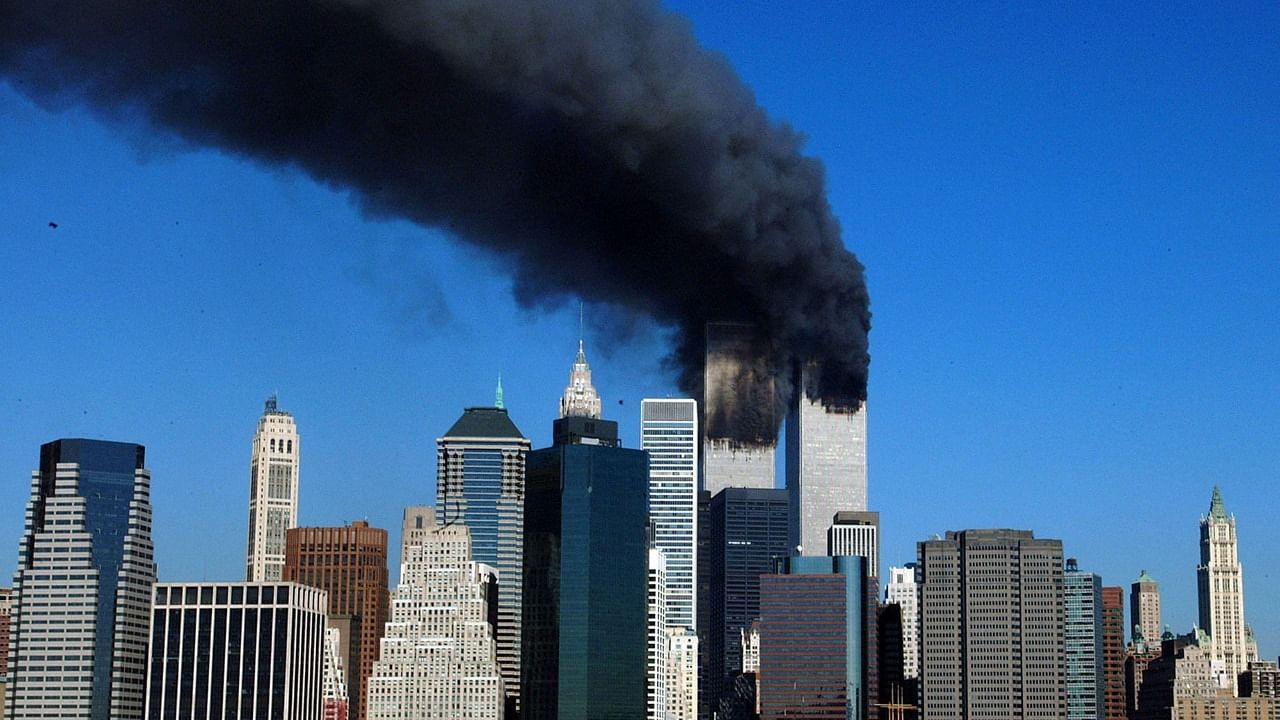
By Marie Patino,
When the 10-year anniversary of the 9/11 attacks approached in 2009, the Port Authority of New York and New Jersey assembled an Archive Committee to collect, catalogue and disseminate material recovered from the World Trade Centre site. The collection reflected the range of victims of the attacks: broken eyeglasses and office supplies from those who worked in the buildings, crushed fire and police vehicles from those who raced in to save them.
But most of the collection was metal: 7,000 tons of steel from the Twin Towers themselves, stored in a hangar at JFK airport in Queens, New York. This trove became the raw material for a campaign of memorial-making. In a program that lasted until 2016, the Port Authority solicited requests for World Trade Centre artefacts from fire and police departments, libraries, small-town museums, military and veteran organisations, and local governments, along with other interested groups.
“The process of this steel’s salvage and distribution across the United States speaks to the persistent social and political power of relics — parts of bodies or objects imbued with auras from another realm,” write Samuel Holleran and Max Holleran in Places Journal. The Melbourne-based brothers — a visual artist and urban sociologist at the University of Melbourne, respectively — sifted through newspaper clips and official documents to track down the fate of about 1,800 steel fragments that were distributed by the Port Authority during the life of the archive program, to chronicle the World Trade Centre's second life.
“The attack was so televisual, and the image of the towers became so painful and charged, we were curious as to how communities could honour the buildings without showing them,” Samuel Holleran told CityLab in an email.
Most of these chunks of I-beams and scraps of scorched steel were used to create small 9/11 memorials scattered around the country. “Only a few of the American memorials are in major cities,” they write. “Most have been erected in liminal spaces between suburban office parks and parking lots, at the centres of traffic circles, outside public buildings in small towns.”
The geography of World Trade Centre remnants, they discovered, is surprisingly broad. New York City and the immediate region received the largest share of artefacts, unsurprisingly, but fragments were distributed to all 50 states. There are also memorials built around WTC steel in Canada, Germany, Italy, England and Israel. US military bases in South Korea and Afghanistan received 9/11 steel, too.
Most memorials, they note, pay tribute to firefighters and police departments rather than those who worked and died in the towers. The authors speculate that 9/11-relic-based monuments emerged in the wake of the attacks in part because so few human bodies, alive or dead, were pulled from the wreckage; the steel itself served as stand-ins for everything that families and loved ones could not recover: “Even in our globalized digital age, the demands of memory remain stubbornly tactile, and alternative death rites were needed.”
But the spread of WTC artefacts and their incorporation into public spaces nationwide also reflects the sheer significance and scale of the event. “For Americans who couldn’t make it to Manhattan, the dispersal of steel around the country helped to turn the loss of a distinctly New York icon into a ‘national sorrow’ akin to the assassination of a president,” the Hollerans write.
This dispersal was far wider than the physical footprint of the memorials themselves. Only a tiny portion of the World Trade Centre’s massive steel skeleton ended up in the Port Authority’s archive: More than a million tons of debris ended up in a landfill in Staten Island, and the city sold 200,000 tons of structural steel in the international scrap metal market. “By the first anniversary of the attack,” the Hollerans write, “most of the WTC’s metal frame was beginning a new life in Asia, recast as cladding, rebar, even cookware.”
In a sense, that process of creation and change continues two decades later; in various forms, the towers endure.